how-to-choose-sofa-free-guide
How to Choose the Best Sofa for Your Lifestyle
If you need a sofa for your new space, look no further. I’ve compiled a list of the best sources based on value and price that will meet the needs of your family beautifully. I’ve also included a cheat sheet that will help guide your decisions when you’re at the furniture store.
Top Sofa Categories Based on Your Lifestyle
how-to-choose-the-best-sofa-for=-your-lifestyle-interior-design
The Threebie – this is your basic best sofa, costing under $1,000 and lasting 3-5 years. Let’s say you have a new baby and plan on having another one in a few years. You don’t want to worry about childhood stains. You need something that will function well here and now but is completely replaceable.
The Smacker – As in smack dab in the middle–this is your mid-range sofa, costing $1,000 – $3,000. With custom fabric upholstery, it is extremely comfortable and will last 10-15 years. This is for the family who plans to live in their current home for 10-15 years. It is the most popular choice because it works well for most price points and functions.
The Everlasting – This is the sofa that will last forever. Your granddaughter will be getting this piece of furniture reupholstered 40 years from now. It is top-of-the-line quality and construction and costs $3,000 – $6,000 (that is a small price to pay for forever).
Did you notice something about the images? Yes they all look similar, right? This is how they appear in the store, and you think “why should I spend so much money, when the cheaper one looks just as good.” But once you get them home and start using them, you will begin to notice the differences. Read on to learn about construction facts you need to know to be an expert when it comes time to purchase your new couch.
Upholstered Furniture Cheat Sheet
what-to-look-for-when-buying-a-couch
Here are the quick and dirty facts you need to know about choosing the best sofa. Before you head to the store, measure your room (and bring that measuring tape to the store). Sign-in below to download your printable PDF version.
FRAME: It all starts with the frame. Most chairs and sofas are made with furniture-grade plywood. It is thicker than regular plywood, around 13/16” or thicker laminated plywood.
You can look for kiln-dried hardwoods if you want a piece of furniture that will last the rest of your life and the rest of your kids’ lives, but for value and durability, plywood is good for furniture that will last 10-15 years.
On the other hand, if you are on a really tight budget or perhaps want 3-5 year furniture, then you can choose shorter-lived and less pricey materials such as conventional plywood, or wood/plastic composites.
JOINTS & SPRINGS: How the wood is put together is even more important (you don’t want a squeaky couch, now do you?). High-quality frames are screwed and glued at the joints.
The product line that I specify has engineered the joints that are not directly on load bearing areas, which means they will last longer.
There are two basic types of systems used for springs:
-
Eight-way, hand-tied, steel-coil system – so named because each coil is attached at eight different points to other coils, and the whole system is tied to the frame.
-
S-Shaped or zig-zag Suspension – wires are attached to the frame and stretch from back to front in an s or z
The coils are attached to webbing to add additional durability and eliminate sagging. Eight-way hand-tied springs are seen in the higher priced goods (over $1,000) and will give you the best comfort.
Drop-in coil systems or s-shaped systems will be firmer and less expensive.
CUSHIONS: Various fill materials offer different levels of softness, comfort and durability.
-
Foam—This is the most common stuffing material. Look for high quality, high density form.
-
Batting—This is wool or cotton wrapped around the foam to give the cushion a smooth appearance.
-
Feathers—Often used to surround a foam core, feathers are considered the ultimate in comfort and cushion, but look for baffles to hold it in place. Otherwise, the down filling will shift and require constant fluffing.
The cushions will be a combination of fillings and each manufacturer has its own jargon. Ask for a brochure on the cushions and make your choice accordingly. Most often, people think that feather down fill will be more comfortable, but actually, firm and dense fillings will hold you better.
Get Your Hands On It
Do these simple tests to find the best sofa for you:
-
Lift the sofa by the arm. Does it feel as heavy as you’d expect for a sofa? If not, then it is most likely made with thin plywood and cheap foam.
-
Does the frame feel solid or does it twist as you lift it? If it twists, it has weak joints and is made with thin plywood.
-
Are the seat cushions upholstered on all sides? If not, cheap fabric is used everywhere you can’t see, meaning you’ll never be able to flip the cushions.
-
Are the arms fully upholstered to the seat deck? If not, the extra seam can weaken and fray over time.
-
Sit on the arm. Does the foam support you and feel comfortable? If not, it was built with cheap, low-density foam.
If you are wondering about sofa styles check out this blog: Sofa Genre.
Do you need help picking out furniture for your living room? Get an Adventures in Renovation Package and let us do all the heavy lifting to save you boat loads of money and time.

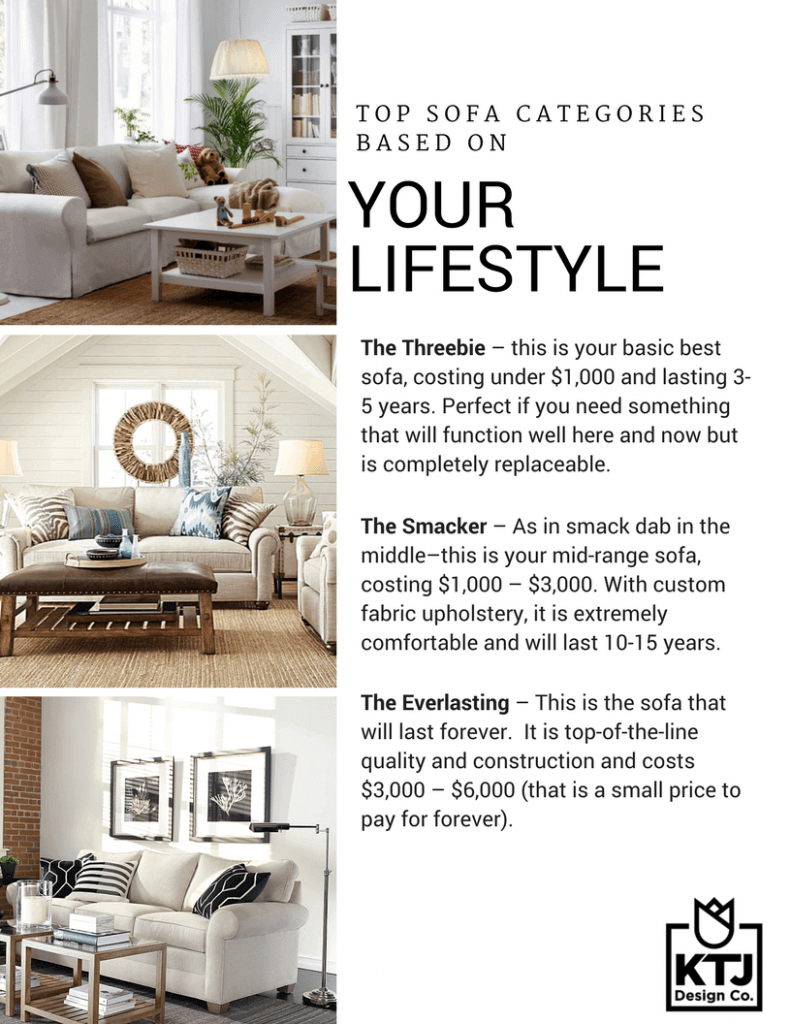
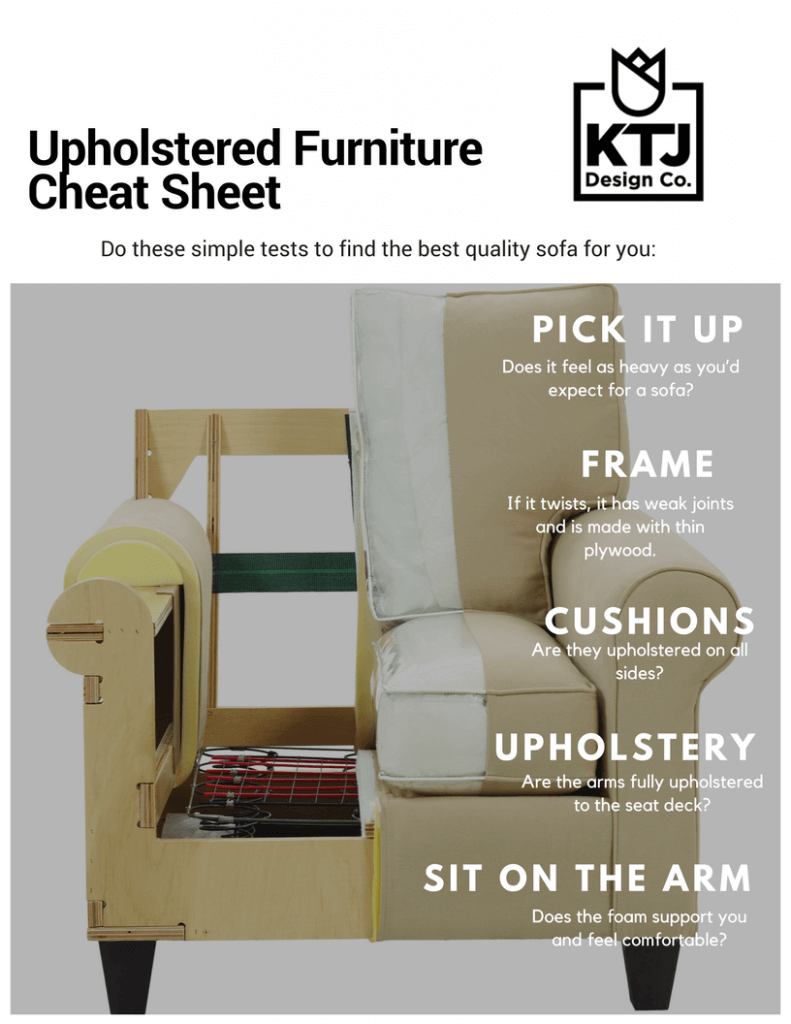

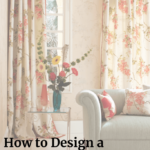
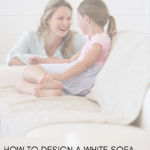


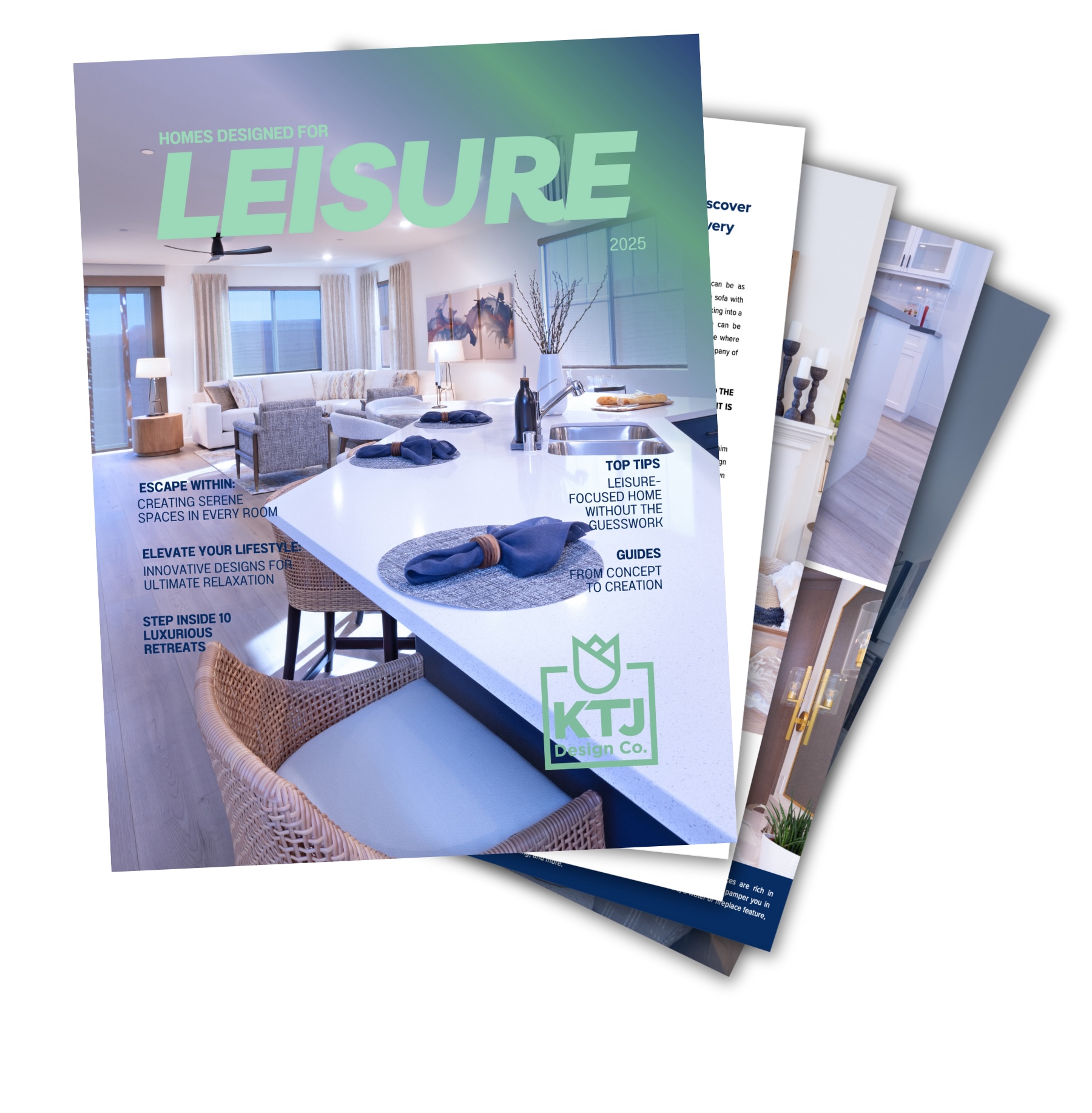
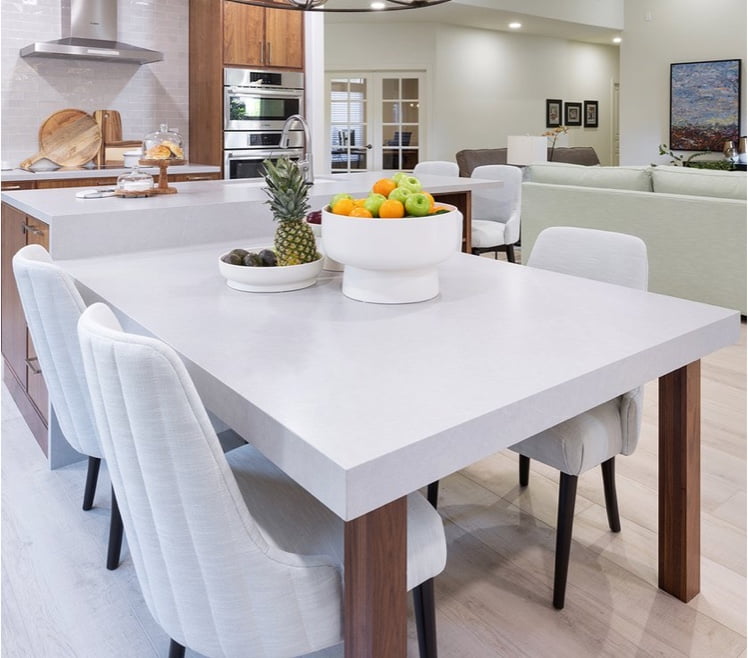

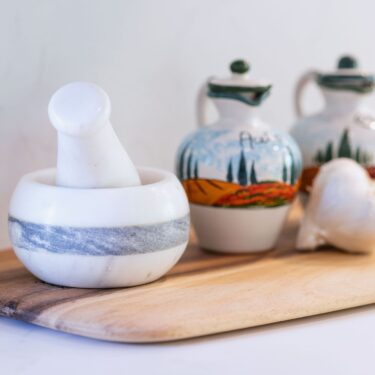

Wendy Cruttenden
| 7 September 2015You didn’t mention fabric. I would love a Everlasting but can only afford a Smacker. I’m wondering where to start?